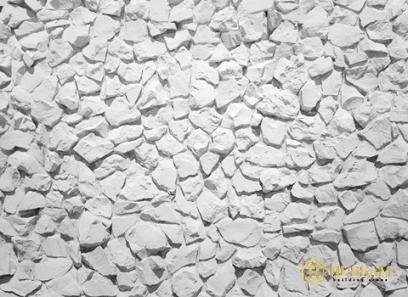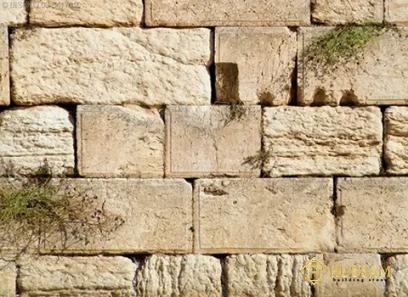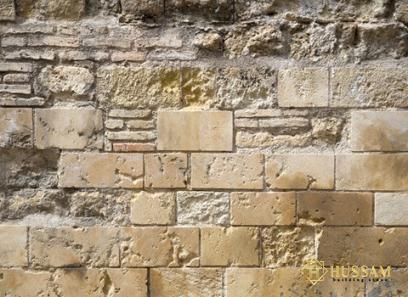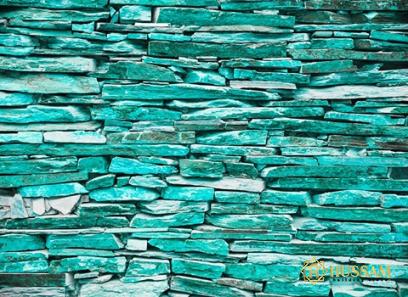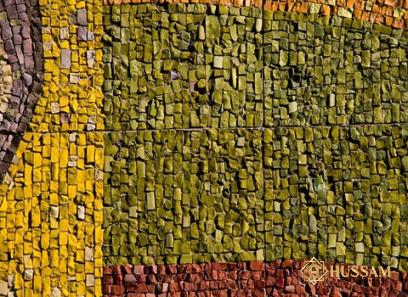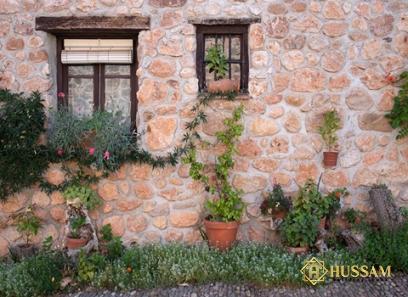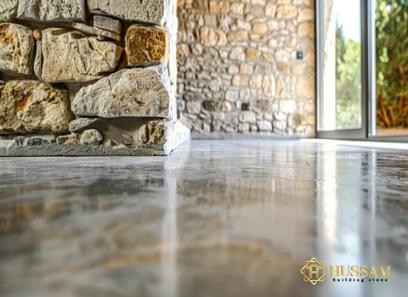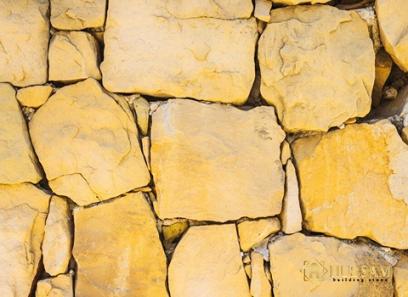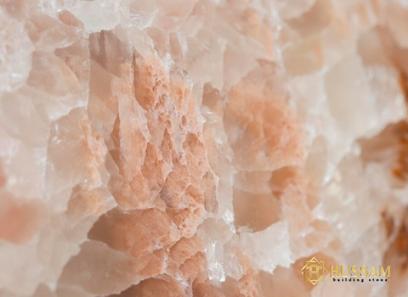Travertine stone wall panels and cladding + Best Buy Price
How the stone tile called travertine is made, and how it is used for the wall as a cladding or panels? Travertine is a type of calcite rock that is compact and banded (calcium carbonate, CaCO3)
It is a type of limestone that has a light color and takes a fine polish; it is frequently used for walls and interior decorations in public buildings since it was formed by the evaporation of river and spring waters
It’s also possible to utilize travertine tiles outside, like in this Tuscany Porcini Travertine tile deck we have here
This travertine floor, which is complemented by a stacked stone fire pit, steps, and hot tub surround, not only stands alone as its own design element but also emphasizes the individual design elements that make up the rest of the area
Even though it is less difficult to maintain than other kinds of natural stone, travertine is still quite heavy, and due to its porous nature, it needs to have its surface constantly sealed in order to prevent stains and deterioration
Not all settings are suitable for it to be used
The initial material cost of the travertine tile is typically more than that of other materials; however, the tile can last for decades
Because of its weight and complexity, the installation must be performed by qualified personnel
Improvements to the subfloor, cutting, adhesive, and grouting can all contribute to an increase in cost
Is travertine available in a variety of different grades? Premium travertine, regular travertine, and commercial travertine are the three different categories of this stone
A tile is considered to be of premium grade if it has been cut to perfection, has a consistent thickness throughout, and contains very little filler
Premium grade tiles are also referred to as first-grade tiles
When the carbonate mineral aragonite is activated by exceptionally warm temperatures and precipitation, travertine turns white, red, yellow, orange, and brown
Calcite, which is discharged in milder temperatures where hot springs occur, gives travertine its gray, white, yellow, and sometimes green appearance
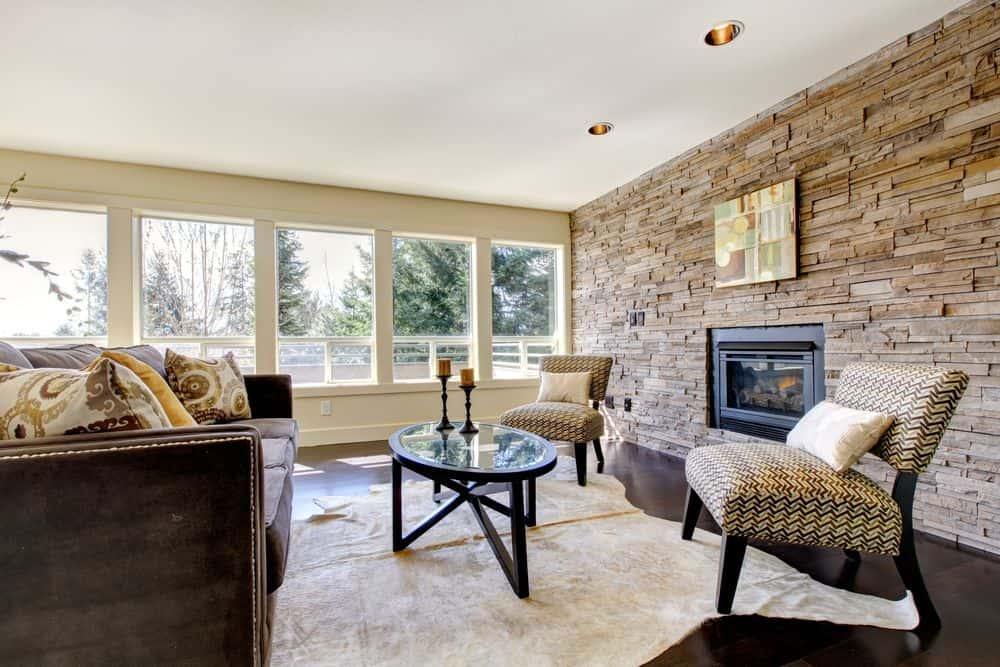
Stone
Travertine stone wall panels
Stone Veneer Panels that are used on the wall are natural stones including travertine, marble, sandstone, quartzite and more
Travertine Stone Veneer Panels are one of the most well-liked options available
Quartzite Stone Veneer Panels are versatile enough to be used not only for outside but also for interior construction projects
There is no doubt that these Stacked Stone Panels will bring a touch of the outdoors inside your home
In addition, you may choose from a wide variety of color selections to complement the design of your space
There is also something called Ledger Stone Veneer Corners in addition to flat
The most common size for a ledger panel is 6 inches by 24 inches
Mini panels measuring 4
5 inches by 16 inches are also available addition to that
The majority of corners are 6 inches by 18 inches
There are a variety of applications for stacked stone ledger panels, including barbeque surrounds, planter walls, sitting walls, and columns
In addition to backsplashes, accent walls, fireplace facades, and a great deal of other similar applications
In addition to this, ledger panels are exceptionally simple to set up
Our website also contains information that can provide you with an idea of how to install stacked stone ledger panel
What exactly are travertine Panels, though? Natural travertine is a subcategory of the marble stone family known as limestone that crystallizes in mineral spring deposits
In comparison to other types of limestone, this one is more porous and has a lower density
Tiles can be made out of travertine flooring, and the material normally comes in a variety of earthy tones
Patios, pool decks, driveways, garden walks, walkways, outdoor fire pits, outdoor kitchens, and outdoor steps are just some of the many outdoor locations where travertine pavers can be successfully installed
The installation of a floor made of travertine is an excellent approach to improve the aesthetic appeal of any outdoor area
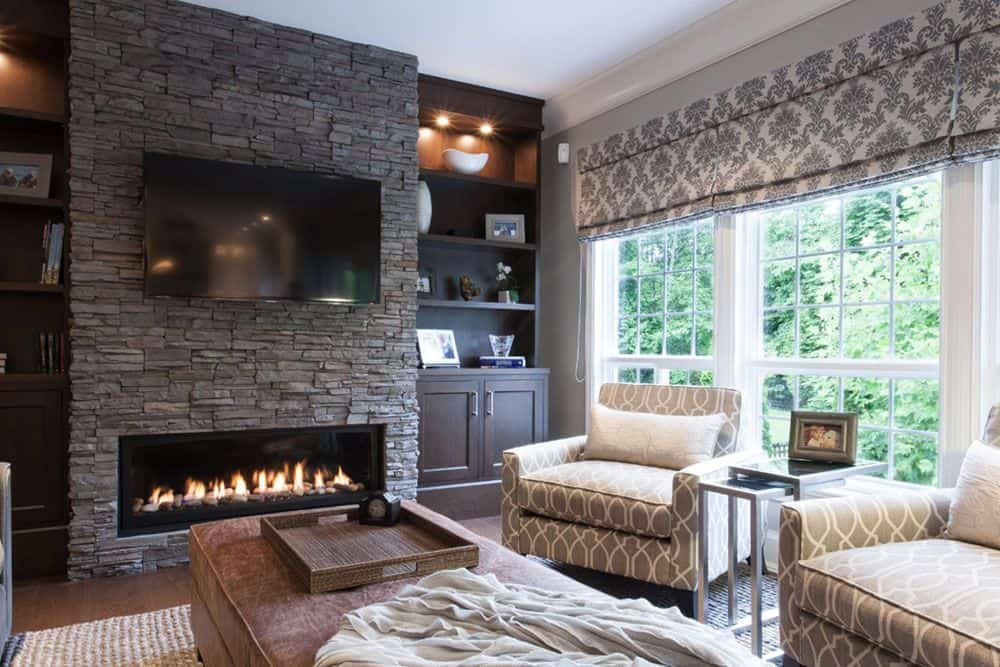
Granite stone wall
Travertine stone cladding
In contemporary architecture, the stone called travertine is one of the stones that is most frequently used for cladding walls, creating facades, and laying floors
The stone’s surface is pocked and pitted all over, giving it the appearance of having been exposed to the elements for a long time
Travertine can be vein cut (veins that run parallel to the bed) or fleuri cut (veins that run in a circular pattern)
It can also be filled or unfilled (perpendicular to the bed, non-directional)
Granite has a higher hardness rating than travertine does
Since the time of Michaelangelo, travertine has been utilized for its carbonated appearance
Travertine is a sedimentary rock and a kind of limestone that is deposited within hot mineral springs
It is common practice to fill travertine in order to achieve a smooth appearance; alternatively, travertine may be left natural to achieve an earthy texture
It is recommended to leave travertine with an honed finish, and if it is to be used in external applications, it should be coated with a hydrophobic sealant or impregnator to preserve its lifespan and cleanliness
Travertine does not take a polish well, therefore it is best to leave it with an honed finish
Warning: Before installing any tiles, make sure to inspect them all
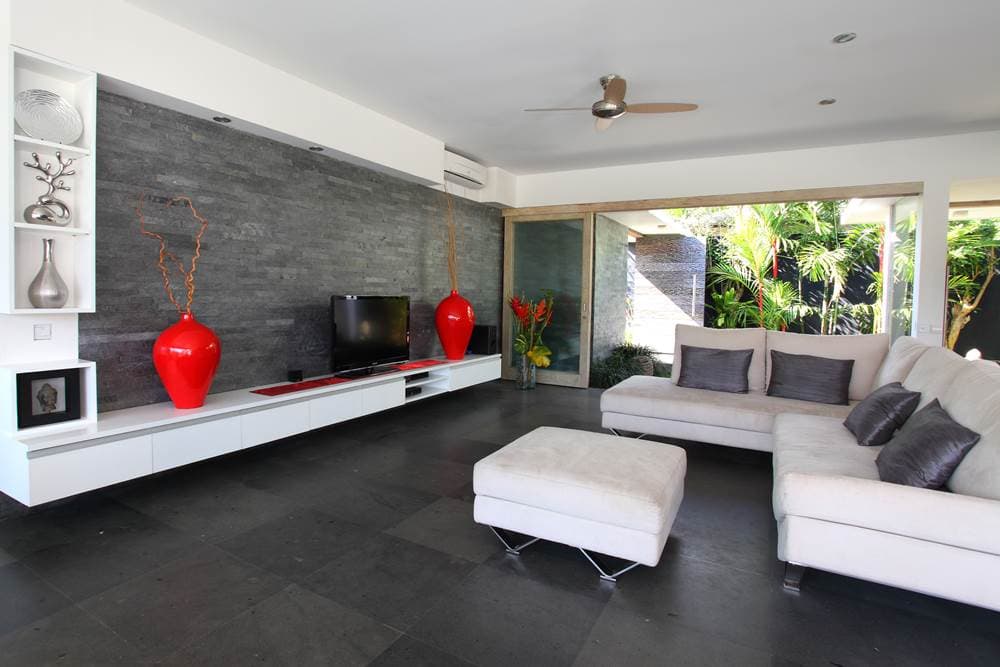
Granite stone tiles for walls
Stone items made from natural stone inherently lack uniformity and are prone to variation in color, tint, polish, and other characteristics
When installation, we advise mixing tiles and slabs that come from a variety of different boxes
Dry seams and pits in natural stones are typically filled, distinguishing characteristics that can be found in some natural stones
It is possible for the filling to work its way out, in which case it could be essential to refill these voids as part of the standard procedure for routine maintenance
Sealing all products made from natural stone with a penetrating sealer is strongly recommended
Stone is a natural resource, so please keep that in mind
Stone is a natural material, therefore no two pieces will ever be the same hue or have the same patterns or textures
Inclusions, spots, fossils or shelly formations, pit holes, open texture streaks, iron spots, and grain formation alterations are all frequent characteristics that can be found in particular stones
Now that you’ve read this article, you have the information necessary to make an informed decision about the sort of stone to use in your home
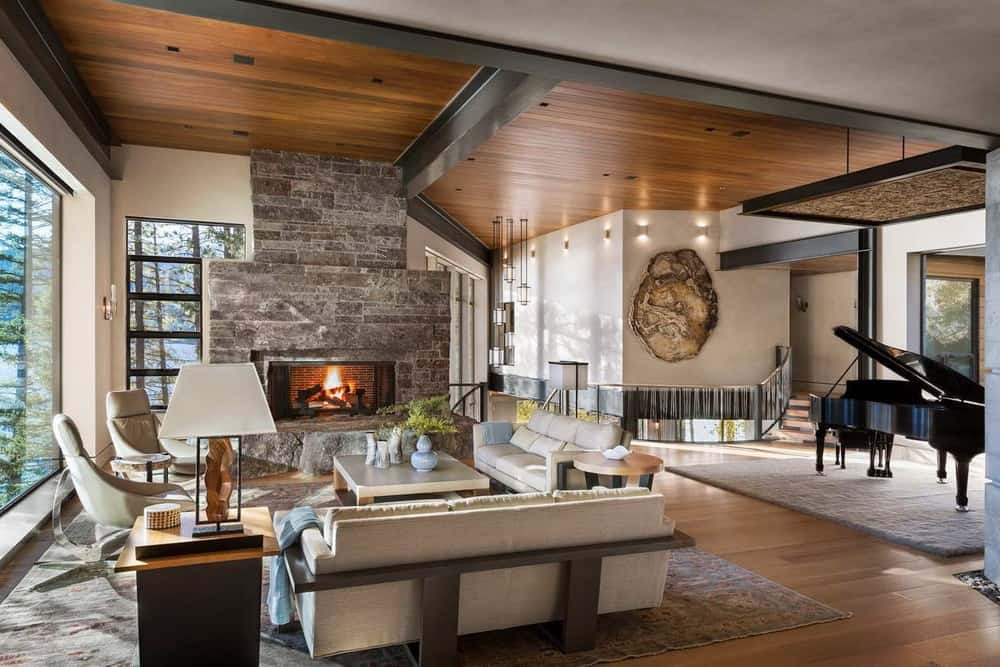
Natural stone tile
Consider the pricing and the quality of the wall stone provided by recognized and experienced firms before making a final decision on its use
Contact the experts directly to gain access to additional examples and guidance from them

